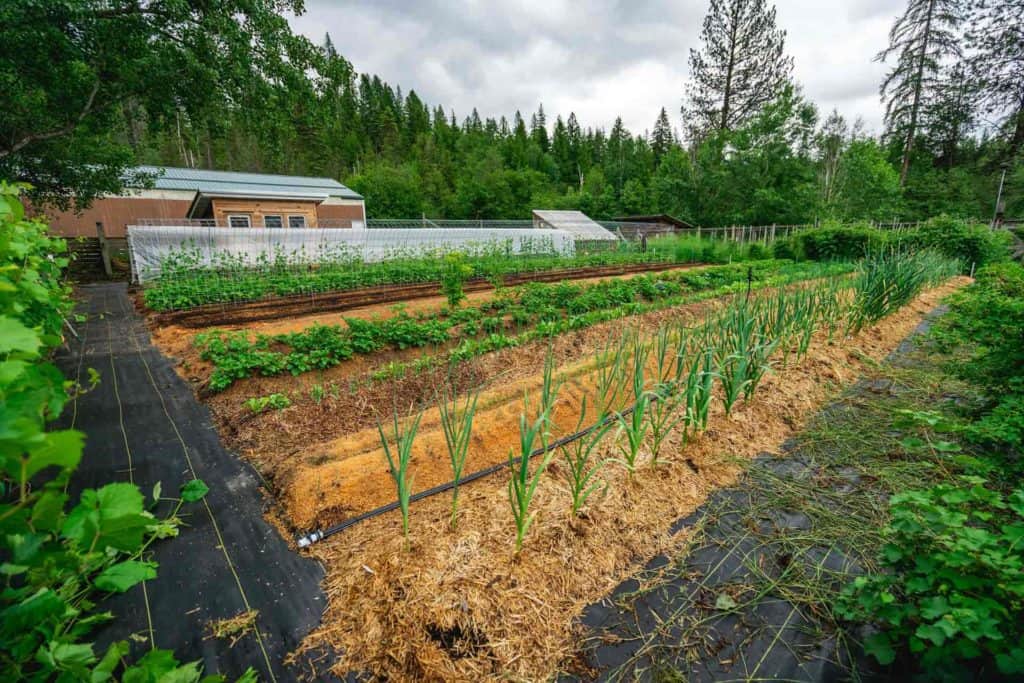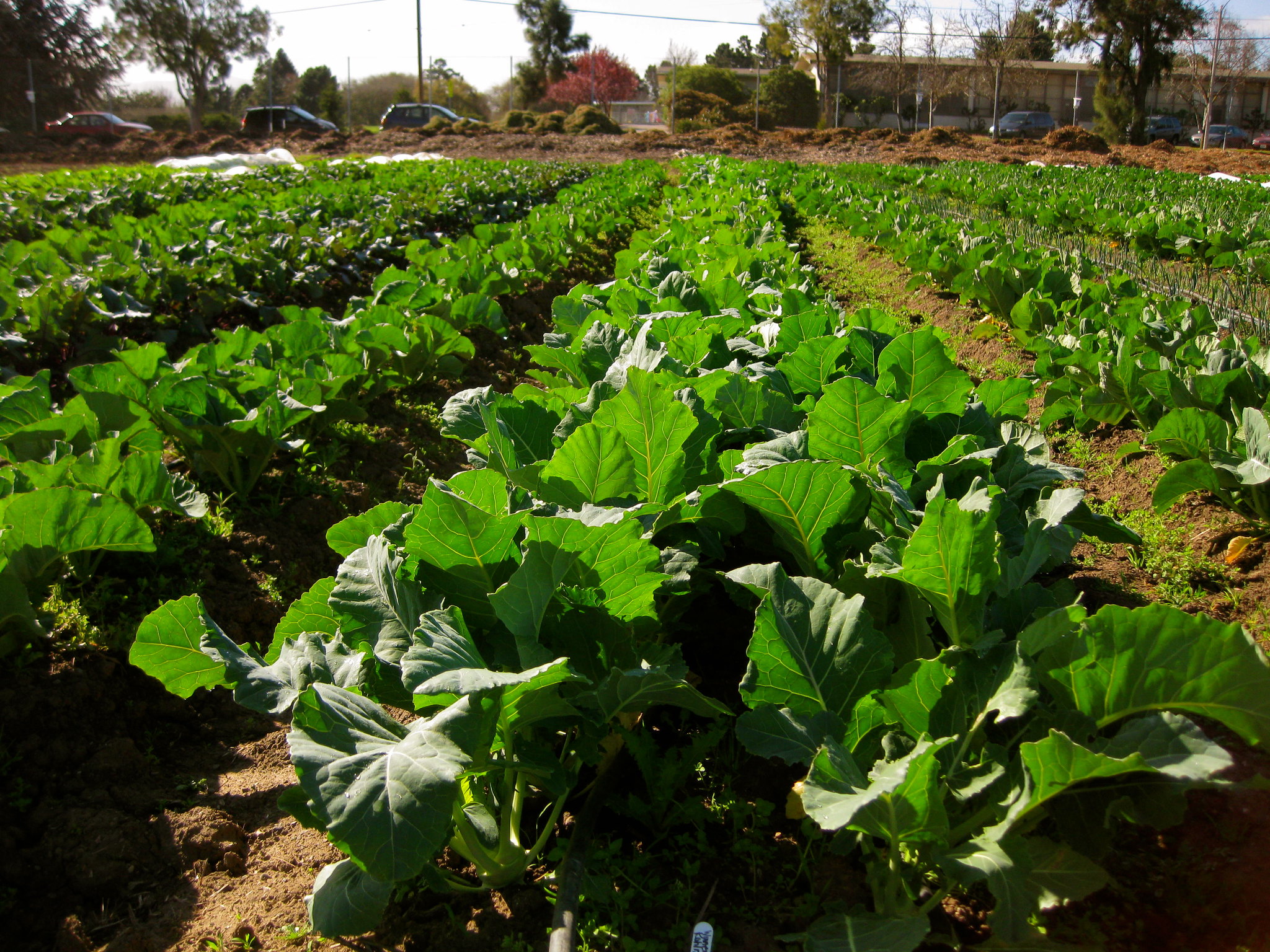Organic and Sustainable Practices for Homestead Gardening
Organic and Sustainable Practices for Homestead Gardening
Blog Article
Discover Necessary Tips for Successful Horticulture Techniques and Practices
By focusing on necessary components such as dirt wellness, effective sprinkling techniques, and proper plant selection, garden enthusiasts can produce a flourishing ecological community that supports vibrant growth. Several enthusiasts ignore essential details that can make or break their horticulture success-- checking out these overlooked elements might expose the secret to growing a prospering garden.
Understanding Soil Health And Wellness
Soil health is an essential facet of successful horticulture, as it directly affects plant development, nutrient availability, and environment equilibrium. Healthy soil is identified by an abundant biodiversity of microorganisms, natural matter, and a well balanced pH degree, which with each other create a setting for plant growth.
To comprehend soil wellness, one must consider its physical, chemical, and organic homes. The structure and structure of soil affect its ability to keep wetness and nutrients, while the chemical structure figures out the availability of crucial aspects like potassium, phosphorus, and nitrogen. Normal dirt screening is crucial to assess these variables, enabling gardeners to make enlightened choices regarding plant foods and amendments.
Moreover, promoting organic activity within the dirt is crucial for keeping its wellness. Practices such as composting, plant rotation, and the use of cover crops can enhance microbial diversity, improve nutrient cycling, and minimize soil erosion. By focusing on dirt wellness, gardeners not only maximize plant growth however additionally contribute to a sustainable community, making certain that their gardening techniques are ecologically accountable and resistant in time.
Efficient Watering Strategies
Ensuring that plants receive the suitable amount of water is important for their health and wellness and growth, especially when paired with a solid foundation of dirt wellness (Homestead Gardening). Efficient sprinkling methods can dramatically affect plant vitality, reducing water wastage and promoting optimal growth
One essential approach is deep watering, which motivates roots to expand much deeper right into the dirt, improving dry spell resistance. This method typically includes watering less regularly however in larger quantities, allowing moisture to penetrate the root zone completely. Timing is also essential; morning is the ideal time to water, as it minimizes dissipation and allows foliage to dry throughout the day, reducing condition dangers.
Furthermore, utilizing mulch can help preserve dirt wetness and regulate temperature, additional helping effective sprinkling practices. Making use of a drip irrigation system can additionally offer targeted dampness directly to the origins, guaranteeing that water reaches where it's most needed while conserving sources.
Checking rainfall and soil moisture degrees can guide modifications in your watering routine, guaranteeing plants receive constant hydration without over-saturation. By adopting these efficient sprinkling techniques, garden enthusiasts can promote a flourishing setting for their plants to grow.
Plant Selection and Positioning
How can the ideal plant option and tactical placement change a yard into a flourishing community? When choosing plants, think about factors such as climate, soil kind, and sunshine exposure. Homestead Gardening.
Strategic positioning includes setting up plants according to their development habits and requirements. Taller plants must be placed at the rear of borders to avoid shielding shorter plants. Additionally, organizing plants with comparable water and light needs can enhance their growth and minimize competition for resources.
Integrating a diversity of plants not only includes visual allure however also promotes biodiversity, drawing in valuable insects and pollinators. Consider the seasonal changes in your yard; choose a mix of annuals, perennials, and evergreens to ensure year-round passion.
Finally, remember to evaluate the fully grown dimension of plants before growing to stay clear of congestion and guarantee sufficient air blood circulation. Thoughtful plant option and critical positioning develop an unified setting, permitting your garden to prosper while minimizing obstacles.
Parasite and Illness Administration
Reliable parasite and condition administration is vital for preserving a healthy and balanced yard ecological community - Homestead Gardening. A proactive strategy, integrating social, organic, and chemical strategies, can significantly minimize the influence of parasites and conditions on Recommended Site your plants

Organic controls, such as presenting helpful insects like ladybugs or predacious termites, can keep pest populaces in check without harming the atmosphere. Additionally, maintaining plant health through proper watering, fertilizing, and pruning will certainly boost their resilience against conditions.
When treatment is necessary, select targeted chemical therapies, guaranteeing to comply with application guidelines to decrease harm to non-target microorganisms. Constantly prioritize sustainable methods, as they advertise long-term garden health and environmental balance. By incorporating these methods, garden enthusiasts can efficiently manage illness and bugs, guaranteeing thriving plants and an efficient yard.

Seasonal Upkeep Practices
Throughout each season, applying targeted maintenance techniques is critical for maximizing garden wellness and efficiency. In springtime, concentrate on dirt prep work by screening pH degrees and including needed changes. This is also the optimal time to use fertilizers and compost to maintain moisture and suppress weeds. Consistently evaluate emerging plants for bugs and diseases.
As summer strategies, guarantee ample watering while keeping track of for indicators of stress and anxiety or illness. Prune back thick plants to encourage air flow and lower humidity about his around vegetation. This technique not just improves plant wellness but additionally promotes flowering and fruiting.
With the arrival of fall, it's time to get ready for winter. Tidy up fallen leaves and debris to avoid parasite infestations, and take into consideration growing cover crops to improve soil health. This period is likewise perfect for splitting perennials and growing spring-flowering light bulbs.
Conclusion
Effective gardening rest on the integration of sound techniques in dirt health and wellness, watering, plant selection, bug management, and seasonal upkeep. By focusing on soil testing and microbial diversity, employing effective sprinkling methods, and choosing ideal plants, gardeners can produce thriving environments. Additionally, positive parasite management and diligent seasonal maintenance contribute considerably to general yard vigor. Embracing these techniques fosters a sustainable and effective gardening atmosphere, making certain flourishing development and strength throughout the transforming periods.
By focusing on necessary aspects such as soil health, reliable watering approaches, and ideal plant option, garden enthusiasts can create a successful ecosystem that sustains lively growth. By focusing on soil health and wellness, garden enthusiasts not just enhance plant development however likewise contribute to a sustainable community, making certain that their horticulture techniques are resilient and ecologically liable over time.
Taller plants need to be positioned at the back of boundaries to prevent shading shorter plants. Tidy up fallen leaves and debris to prevent insect infestations, and think about planting cover crops to enhance soil wellness.Successful gardening hinges on the combination of sound techniques in soil health, watering, plant selection, parasite management, and seasonal upkeep.
Report this page